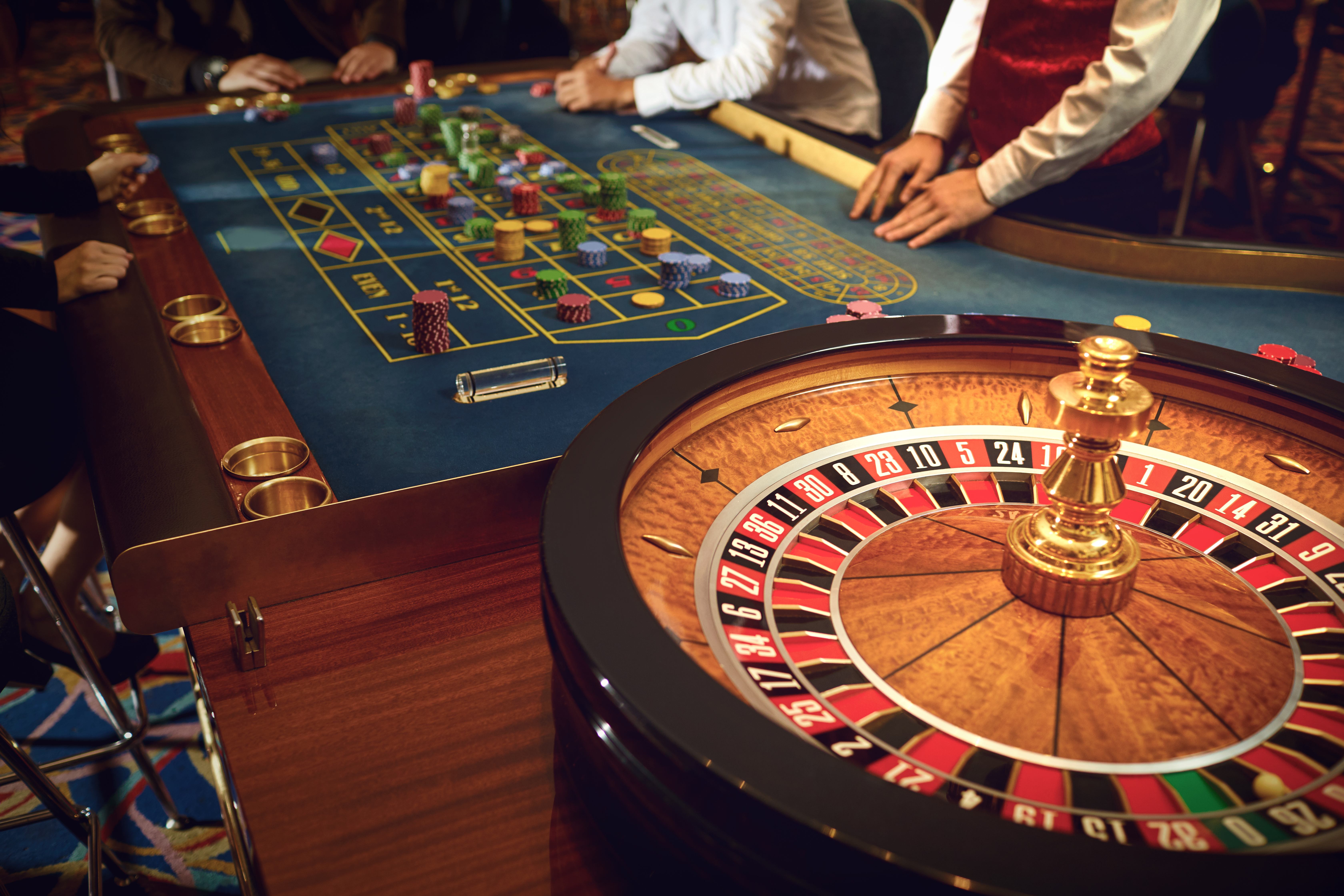As for slot games, players often become drawn in by the flashing lights, exciting themes, and the adrenaline of spinning the reels. But beneath the glitz and entertainment lies an essential concept that every gamer should be aware of: Return to Player, or RTP. This key metric is essential in deciding the amount of money you can expect to receive back over time, influencing your gaming experience and strategy as you play.
RTP is typically represented as a percentage and represents the typical sum of money returned to players compared to the cumulative wagers. For instance, if a slot game has an RTP of 95%, it means that, on average, players should anticipate receiving $95 for every $100 they stake. Understanding this concept can assist players in making educated decisions when selecting slots to enjoy, ultimately boosting their enjoyment at the casino. 78win
What is the meaning of RTP?
RTP, often called RTP, represents an important element in the realm of casino slots games. It represents the fraction of total bets which a particular slot machine is designed to refund to players over time. For example, if a slot has an RTP of 95 percent, this means that, in theory, players are likely to get back 95 dollars for every 100 dollars wagered during extended play. Understanding RTP helps players evaluate the potential profitability of various slot games.

RTP does not serve as a promise of personal wins but rather an average computed across many spins. Each player’s experience can vary significantly due to the randomness inherent in slot machines. A better RTP suggests better odds for the player, thus making it an essential factor to consider when choosing which slots to play. However, even with a high RTP, there can be stretches during which players experience losses, since luck plays a significant role.
It is important to note that various slots have diverse RTP percentages. Some machines might feature a smaller RTP due to a considerable entertainment or distinct elements, while others maintain a increased percentage to attract more conservative players. Recognizing RTP allows players to form wise choices about their play strategies and control their money efficiently while experiencing the excitement of casino slots games.
How RTP is Calculated
A RTP, also known as RTP, is a critical indicator within the world of casino slots games. It denotes the ratio of all bet funds that a gaming device can be expected to pay back to gamblers over time. Understanding the method by which RTP is calculated demands insight of the dual aspects of the slot’s design as well as its reward structure. This RTP is determined via intricate algorithms and data evaluation performed in the course of the slot machine creation phase. Game creators consider multiple elements, which include the frequency of winning combinations and the amount of returns on each combination.
To calculate this metric, the creators model a large quantity in terms of spins on the slot machine. These modeling efforts aid determine the average amount that on average, a player can expect to win according to their wagers. For instance, if a machine boasts an average return of 95 percent, it suggests that, in theory, among every $100 bet, gamblers can expect to get ninety-five bucks back over time. This value does not indicate the amount a gambler might receive in a single play and during a few spins; rather, it shows overall return projections.
The values of RTP are usually disclosed from the casino or slot developer. Gamblers must consistently look for such information when choosing a casino slots, as it can significantly affect their overall enjoyment. A greater RTP usually means a better chance of winning back a portion of wagered money, although specific plays may differ considerably. Understanding this concept can help gamblers to choose wisely while enhance their overall experience within the world of casino slots.
Importance of RTP in Casino Games
Grasping the Return to Player or Return to Player is essential for any player involved in gambling on slots. RTP is the proportion of wagered money that a game is designed to return to gamers over time. A higher RTP means that players can expect receiving a larger share of their wagers back, making it an important factor for those seeking to enhance their gaming experience. Understanding this figure aids gamers make informed decisions about which slots to play, as it can profoundly influence their chances of winning.
Additionally, RTP has a crucial role in the overall fairness and transparency of casino slots. Players are often drawn to slots with greater RTP percentages because they provide a superior opportunity of winning over the long term. Casinos and software creators use RTP as a selling point to lure players, guaranteeing they maintain a competitive edge in the growing gaming industry. By understanding of Return to Player, players can choose slots that match with their risk tolerance and gaming goals.
Finally, the idea of RTP promotes responsible gambling behavior. Recognizing that not all slots will provide short-term winnings and that RTP is based on extended play, players can manage their expectations and playing habits effectively. This knowledge enhances the enjoyment of casino slots while fostering a more sustainable gaming environment. Players who grasp the significance of Return to Player are more prone to have a more satisfying time and reduce the chances of gambling issues.